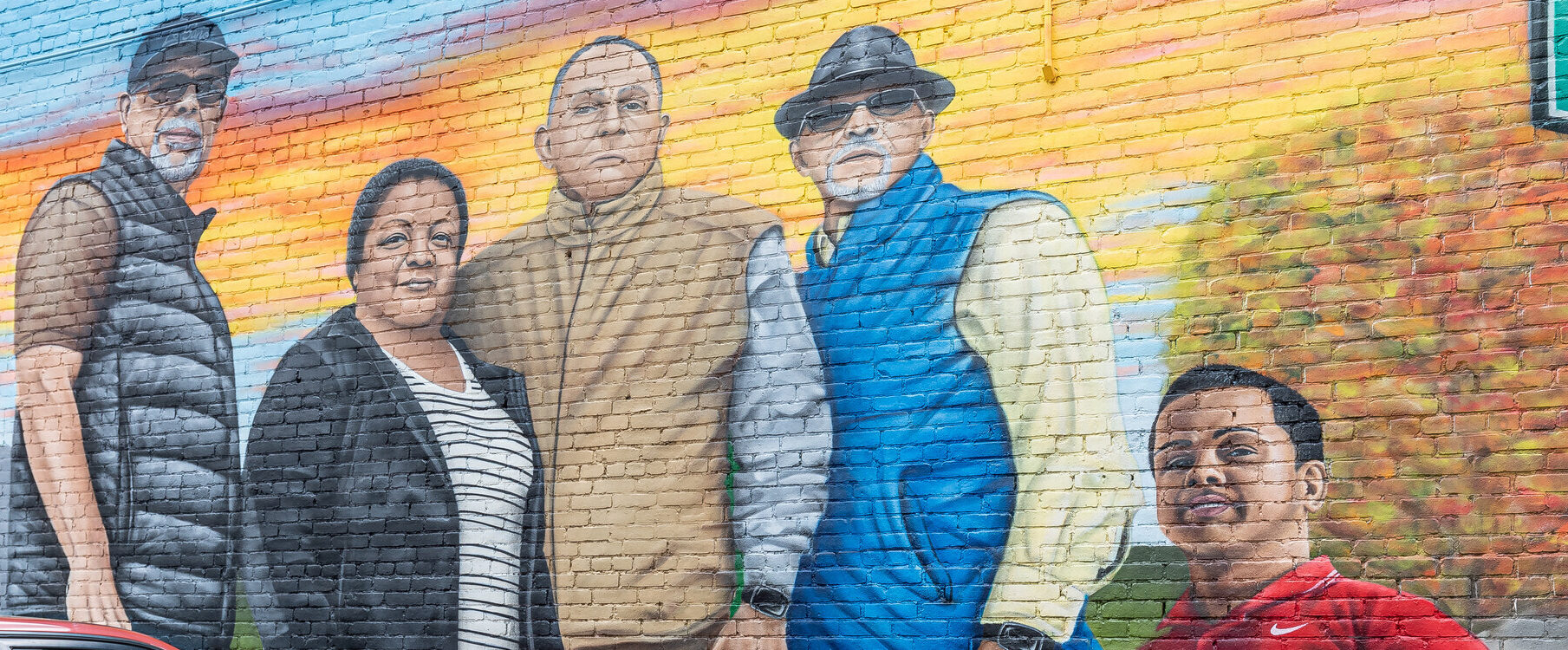NRZ Narratives
Introduction
Trinity College, for the past 30 years, has been partnered with the Neighborhood Revitalization Zones (NRZs) in the major neighborhoods surrounding the College: Frog Hollow, Barry Square, Maple Ave, and Behind the Rocks. This partnership has been formed to increase homeownership rates, address public safety concerns, and gear volunteers to neighborhood cleanups, provide space for monthly meetings, and support the events and activities they’ve organized. Trinity sends representation to these NRZs: Frog Hollow, Southwest Behind the Rocks, and the Maple Avenue Revitalization Group.
Anyza Lemus ’28, a Spring 2025 intern for the Office of Community Relations, interviewed Trinity College staff and NRZ administrators to examine the connection between the two groups. Through a series of questions, we were able to emphasize the shared experiences and events that occurred as a result of the interactions.
NRZ Highlighted Quotes
Carey Shea, a current co-chair of the Frog Hollow NRZ, shares about current projects worked on between Trinity College and the Frog Hollow NRZ.
“The City of Hartford surveyed with Trinity College all the blighted properties in Hartford, and we pulled out all the blighted properties for our NRZ. We came up with a list. We asked the city if we could meet with them monthly, and we have met with them monthly, without fail, since we started this, and it’s been probably about six months now.”
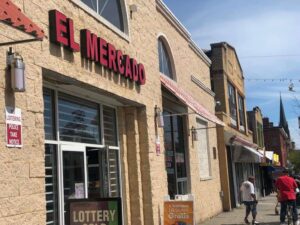 “The NRZ has been working with Trinity on this blight mapping system, with Professor Delgado…we wanted to understand the city’s process of dealing with vacant and blighted properties. The main outcomes were a better understanding for the students in Trinity of how Hartford worked and a better understanding for the residents of how our city works.”
“The NRZ has been working with Trinity on this blight mapping system, with Professor Delgado…we wanted to understand the city’s process of dealing with vacant and blighted properties. The main outcomes were a better understanding for the students in Trinity of how Hartford worked and a better understanding for the residents of how our city works.”
Both initiatives discuss how Trinity College and the community have worked together to better understand the environment in which they live. It emphasized a desire for Trinity to become more active in the community and create more opportunities to collaborate between the school and community members.
Joe Barber gives two different perspectives, as he is both a resident of Frog Hollow and a Trinity Staff member, as director of community service and community engagement. He shares…
“I want people in our neighborhood to feel like Trinity College is part of their neighborhood, that they feel welcome. We feel welcome here…”
He also gives some insight into the current Trinity College representation at the NRZs when he shares, “I feel like we’ve made some baby steps along the way. I think Karo [Karolina Barrientos’22], current program manager for the Office of Community Relations, has been great at showing up to the meetings and announcing stuff at Trinity. We’ve had a lot of people from Trinity serving that role, but I feel like she’s gotten to know the players in the room, and I think they like her. She’s engaged a little bit more deeply than past Trinity liaisons.”
Marion Griffin, another member of the Frog Hollow NRZ and current board member of Hartford NEXT, speaks about how Trinity has offered its support to NRZs over the years.
“I think Trinity has been a great partner. For instance, when we recruited students from Trinity to help us on some of our projects, like getting out the vote. Trinity has provided us with information about things that are going on on the campus, making sure the campus is open.”
David Corrigan, former chair of the Frog Hollow NRZ, shares his opinions on one of the main partners between Trinity College and a community organization, Southside Institutions 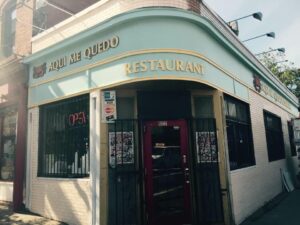 Neighborhood Alliance (SINA). SINA is a collaboration between Trinity College, Connecticut Children’s Medical Center, and Hartford Hospital, where they work on housing, community engagement, economic development, and supporting educational initiatives.
Neighborhood Alliance (SINA). SINA is a collaboration between Trinity College, Connecticut Children’s Medical Center, and Hartford Hospital, where they work on housing, community engagement, economic development, and supporting educational initiatives.
He shares not only his opinions but also his insights on how he perceives the relationship.
When asked: “How did Trinity College engage resident leaders in the NRZ to collaborate on projects?”
David responds, “I think they did that primarily through SINA. SINA has a community development component, and it was SINA who would then engage community people, whether they be residents, stakeholders, leaders, or however you want to define them…Trinity helps to define SINA as a mission in the neighborhood.”
Hyacinth Yennie P’02, ’06, one of the longest-serving members of the NRZ, has dedicated 40 years to empowering community leaders through community organizing efforts through Hartford Areas Rally Together and now leads MARG. One of her earliest projects with the NRZ was the revitalization effort from Barry Square to Preston Street, where she collaborated with other stakeholders to establish new sidewalks, plant trees, and install street lamps.
“We do our community cleanup, where I connect with Trinity students. I connected with one of the professors there, and they gave me the students to come and do community service in the neighborhood. So every May, we do a community cleanup.”
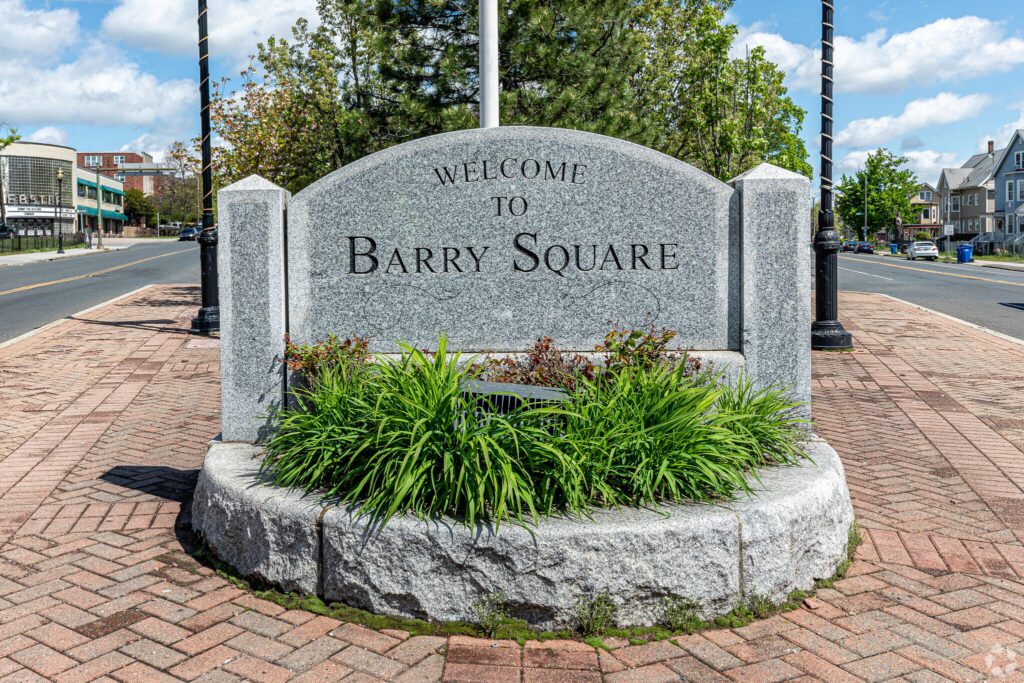 “We had $2 million that we needed to spend, so I am the one who suggested building the ice skating rink. The rink has a time period when residents can use it. However, I don’t think they do a very good job of publicizing it, so that is one suggestion I have for the future in regards to the relationship between Trinity and the community.”
“We had $2 million that we needed to spend, so I am the one who suggested building the ice skating rink. The rink has a time period when residents can use it. However, I don’t think they do a very good job of publicizing it, so that is one suggestion I have for the future in regards to the relationship between Trinity and the community.”
“I got the police station to be able to work with Trinity, and Jimmy Jones [Trinity College President from 2004-2014] was there to talk about how they could give it to the city for $1. We look for opportunities for Trinity to help us when we need it. When we need things, they donate to us, when we’re having events, and other things.”
Finishing off the NRZ leaders with Kathy Evans, who joined her NRZ, Southwest Behind the Rocks, because “it just seemed natural to get involved in our area and more involved with the other areas of the city…” She also shares her hopes and outlooks for the relationship between Trinity College and the NRZ, specifically with the Rocky Ridge Park that’s near Trinity.
“If there’s a project Trinity’s interested in, we’re open to being part of that. Rocky Ridge Park is a project that I see in the future, and we could do a lot of good things together. It would be interesting to have Trinity students on the events committee to figure out what we can offer. In the academic year 2024-2025, Trinity and the SWBTR began to build this relationship by having the Rocky Ridge park as a site for the annual Do It Day program in September.”
Trinity Highlighted Quotes
Now that the NRZs have had the opportunity to discuss their own experiences and observations on Trinity College’s engagements with the NRZs. We also interviewed a few Trinity College employees to get a different viewpoint on the interaction between the two. We will hear from folks in a variety of roles, including those who have worked at NRZ as well.
We first interviewed Carlos Espinosa ’96, M’98, the current director of community relations at Trinity College, who built the websites for the three NRZs. Carlos shares that Trinity College has given the NRZs “physical space, virtual space, and other kinds of resources as well”. He highlights an important project collaboration between the two, the “Learning Corridor”.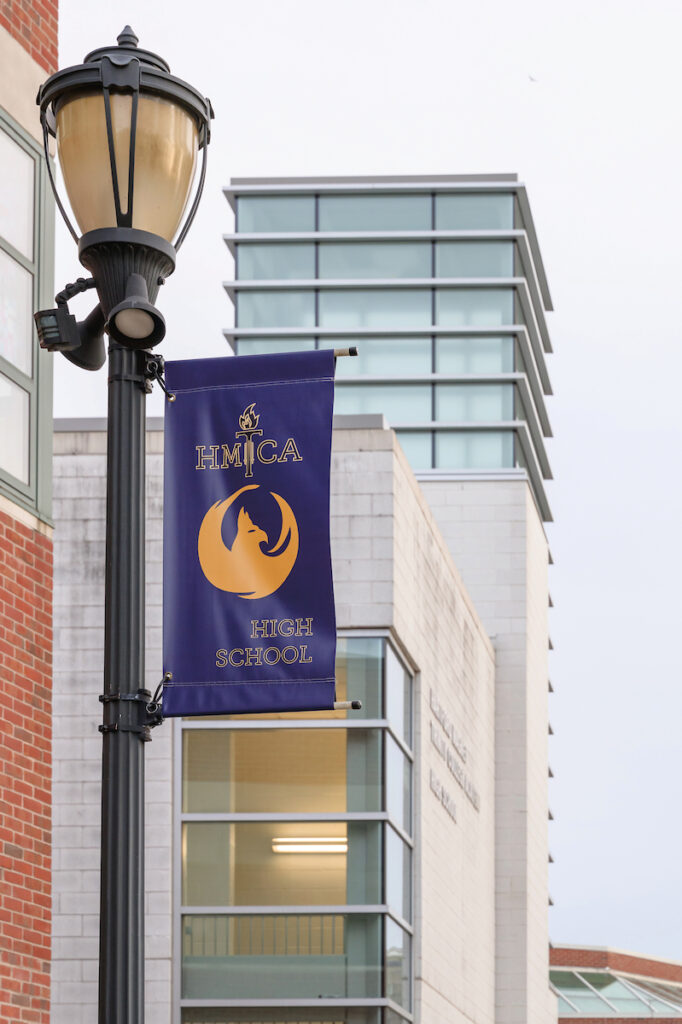
“All of this is a work in progress, because as the individual actors change, the neighborhood leaders, the staff at these organizations, we have these structures, the NRZ, these anchor institutions that aren’t going anywhere.”
“We have a nationally recognized Education Corridor with one of the best middle schools in all of the United States. We have a mix of early childhood learning with the Montessori School. We have a niche High School with the Arts Academy, and we have a traditional middle and high school in Hartford; those educational opportunities created for families in this community are light years ahead of the polluted brownfield that was there before.” Here, Carlos is alluding to Trinity’s role in the establishment of the Learning Corridor in the late 1990s and early 2000s. Trinity contributed to the redevelopment of a Connecticut Transit Bus garage brownfield site to develop a well-established middle school that later expanded to include an early college preparatory high school (HMTCA). Since then, they have provided early college programs that include summer writing and science programs, the use of classroom space at Trinity, and even the possibility for HMTCA students to take Trinity courses.
“And what’s happened over time is that that power dynamic has shifted considerably, so that today, this neighborhood, this set of leaders right now in the NRZ are the most powerful I have ever seen in all of the years that NRZ has existed, and not just in this neighborhood, I would argue, probably across the city.”
Jason Rojas M’12 (former director of community relations and current chief of staff for President Berger-Sweeney) shares some of the challenges he’s faced during his time at Trinity. Including, “managing expectations about what Trinity is and what it isn’t. We are not a social service agency, so we don’t deliver those kinds of services, but we do support other organizations that do provide those services.”
He continues to share a bit more about his experience and ways that Trinity’s supported the community:
“We sponsor and provide small grants & funding to neighborhood-based organizations to do the work that they do and to deliver services. But part of the challenge is managing the expectation. We are, relatively speaking, a wealthier institution, a wealthy institution in a community with a lot of need. But that doesn’t mean that we have the kind of resources that help address some of the challenges that the neighborhood faces. So managing those expectations is always a challenge for an institution like ours in a neighborhood like ours.”
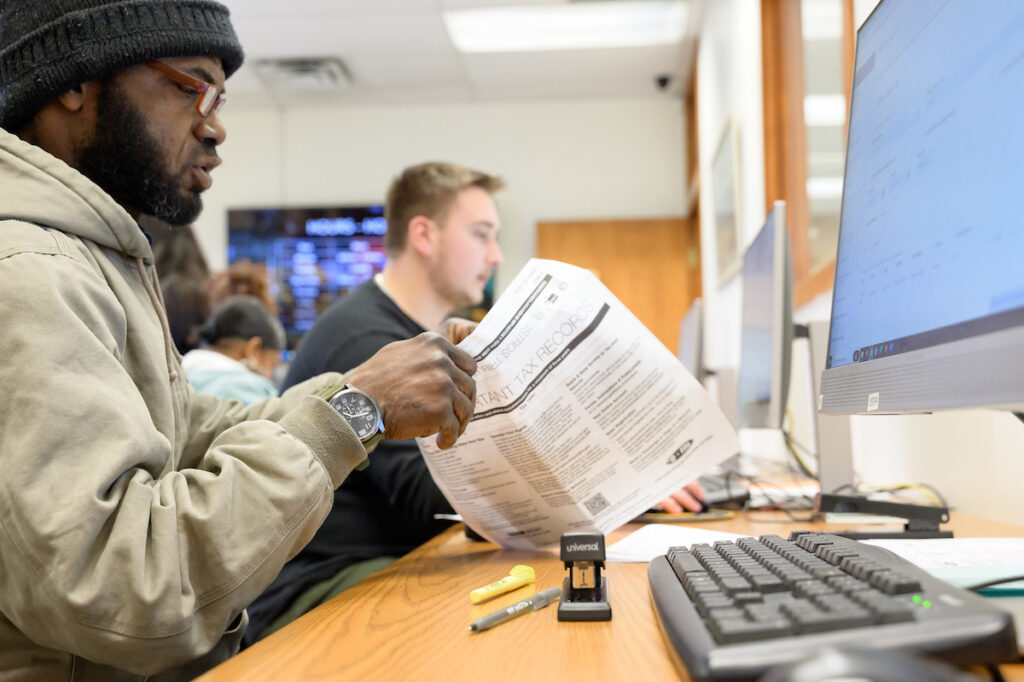
Rojas continued to share some examples in where his has worked with the NRZs when he shares, “I primarily deal with kind of the institutional, administrative side of the house… but even if it’s some of the murals… those are community groups that come up through the NRZ who have an interest in something or the community garden…There’s another opportunity, where Trinfo is another way for us to connect and collaborate on things.” Here, Jason Rojas is alluding to the mural located along Zion St. in Frog Hollow, created in 2022. Trinity, along with other stakeholders, Council Members Tiana Hercules and Josh Michtom, Mutual Housing Association of Greater Hartford, Friends of Zion Hill Cemetery, Free Center, The Coop, and Trinity’s Office of Community Relations, came together to have 860 Pop-Tarts, paint a mural that celebrates the neighborhood. He also refers to Trinfo, a Trinity-operated, Hartford community space that runs various services such as a community garden and free computer usage.
Jackie Gorsky Mandyck gives one final perspective on the partnership between Trinity College and the NRZs. As former director of community relations at TC from 1996 to 2007, and now Executive Director of The iQuilt Partnership, her opinions hold weight. She mostly shared about her time during the establishment of the Learning Corridor when she shares:
“There was a lot of self-interest between the NRZ and the college as far as the goals were, making the area safer, providing homeownership opportunities, making sure that younger students had places to be, and things to do in the neighborhood. There were a lot that matched up between the college’s goals and what the NRZ wanted at the same time.”
Conclusion
The partnership between Trinity College and the Neighborhood Revitalization Zones (NRZs) has demonstrated the power of collaboration in strengthening community development. Through shared initiatives, ongoing engagement, and mutual support, both parties have worked together to address critical neighborhood concerns such as blighted properties, public safety, and community 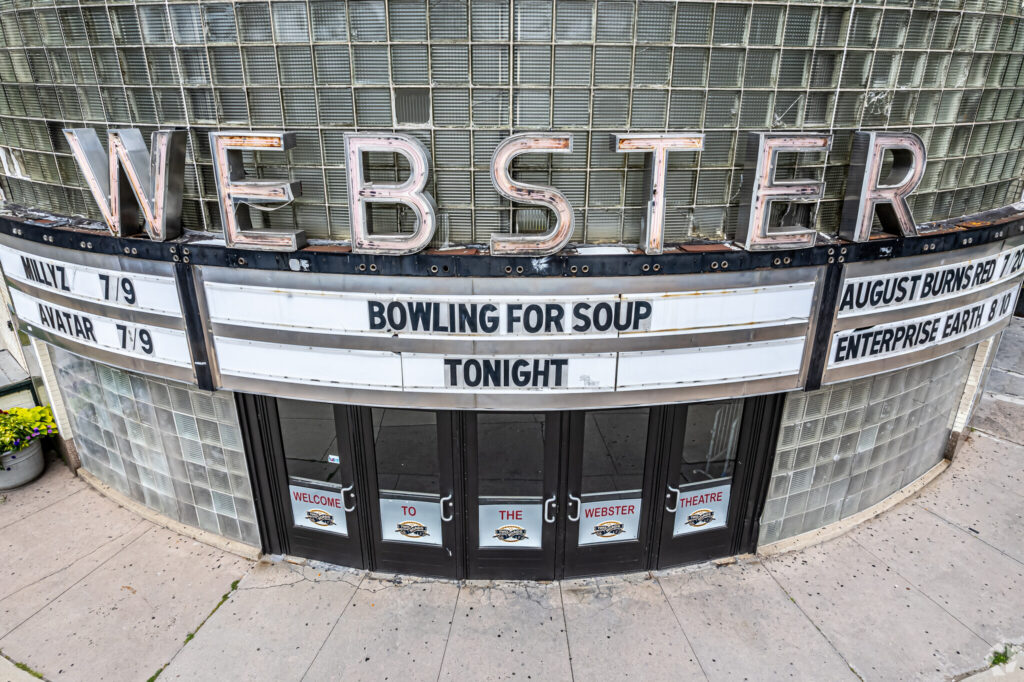 empowerment.
empowerment.
NRZ leaders recognize Trinity College as an important ally, offering resources, space, and engagement to help improve the neighborhoods of Frog Hollow, Barry Square, Southwest, and Behind the Rocks. The contributions of Trinity’s Office of Community Relations, staff members, and students have helped foster a deeper understanding between the institution and the community it serves. Initiatives such as blight mapping, community cleanups, and educational programming highlight the tangible impact of this partnership.
At the same time, Trinity acknowledges the challenges of balancing expectations and defining its role in community support. While the institution is not a social service agency, it continues to play a vital role in facilitating collaboration, providing funding, and supporting organizations like SINA that drive neighborhood change.
Looking ahead, both Trinity College and NRZs remain committed to strengthening their relationship. Future projects, such as the Washington St. corridor, a development project by SINA, and the Frog Hollow NRZ, present new opportunities for student involvement and community-led initiatives. As both parties continue to evolve, this partnership serves as a model of how institutions and communities can work together to create lasting, positive change.
